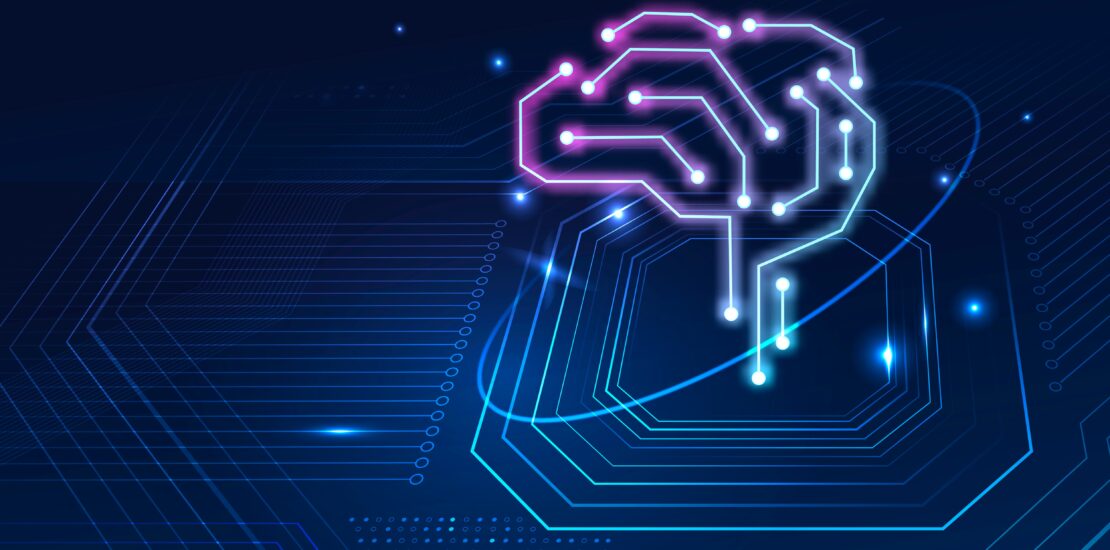- 9 de August, 2024
- Posted by: Filipa Ferreira
- Category: Artificial Intelligence

There’s a tidy story out there when it comes to automation: if anyone felt its bite, it was workers in manufacturing and trade jobs first. The advent of the mechanized loom pushed weavers who worked for themselves into factories. After Ford trotted out the assembly line, skilled mechanics and engineers had to learn to go through rote motions. Eventually, support staff in offices experienced a similar fate. When networked PCs arrived, clerical and administrative workers saw their jobs shift from interacting with people to filling out software forms and checking boxes. All too many of them paid less. All too many build fewer skills. All too many treated with less variety, human connection, and dignity.
Meanwhile, most knowledge workers have seen roughly the opposite: automation has heralded more challenging, creative, skill-enhancing work that pays better. And while it shocked us all, the pandemic and the new world of remote work gave these employees even more autonomy and a more balanced life. Over five decades of research in fields such as labor economics, psychology, and sociology point to the fact that white-collar workers stand more to gain from automation.
Now, the story seems to be shifting. It’s about physical presence. If you work entirely remotely — or could — many of your tasks may soon be heavily automated, while workers who have to show up for results are on safer ground. This means that some remote workers will lose their jobs, but many, many millions of them will soon experience massive job change, and therefore face a steep reskilling challenge.
There are three larger forces at work that disturb that scenario. These should give us all pause and lead us to anticipate even more rapid and extensive job change to come — especially for remote workers.
Ease of use
The first is lying in plain sight: gen AI is being harnessed via easy-to-use applications. Think of gen AI as the arrival of electricity and the electric motor: an extremely powerful resource that could be used for lots of things in theory, but that isn’t all that great for any particular job right away. After electricity, we got dishwashers, water pumps, circular saws and the like. Many firms are building the equivalent right now for generative AI. Some features of Microsoft’s Copilot like their “writing coach” — built into its Office suite — are a clear example.
Organizations are already primed for gen AI
Second, firms have also preconfigured themselves to make gen AI automation easier: since at least the advent of telephony, but especially in response to Covid, they have concentrated digital tasks to allow millions to work remotely. Gen AI can only handle digital tasks at the moment — those that deal in information inputs and outputs. This means that if you can work remotely all the time, gen AI can be profitably used to help with your tasks more than someone who has to show up in person.
Gen AI is becoming more autonomous
The third force is an imminent uptick in gen AI autonomy. The gen AI we know is mostly passive. Prompt it and it does the work — but only a tiny bit of work, and with very poor, limited memory.
But OpenAI, Google, and Anthropic — the three titans in gen AI — have all been quite transparent: they expect to deliver highly autonomous systems that solve these problems in the next three to six months. In fact, for about four months now, we have had a public beta of one such agent: Devin. Unlike all the gen AI that came before, you can give Devin a goal — a pretty vague one at that — and it will come up with a plan to achieve that goal and get to work on it in the background. Via a simple chat interface, you can ask Devin how the work is coming along. It will text you back a progress update, like a colleague might via Slack. Devin can often get the whole job done.
Some — maybe more than we’re used to — will lose their jobs. A serious issue for the tens of thousands affected that requires proactive attention from organizations and regulators. But for perhaps a hundred million remote workers around the globe, these forces will conspire to facilitate relatively dramatic, rapid job change.
The proper focus in response to this inbound tsunami of change is reskilling. Firms and workers must invest in the learning and development required to prepare workers and help them adjust as these changes unfold. To pick just one clear target: if you’re a remote worker, you should focus on building management skills. Whatever you did before, now you should probably learn to supervise a band of highly autonomous software agents to do it for you. This includes skills like delegation, which means clearly specifying a job you want done, ensuring you have clarity before work begins, and giving clear feedback to guide performance, just like when managing other people.
Firms that fail to address this reskilling challenge will not only miss the true productivity upside of gen AI; by failing to prepare them, they may also alienate the very human workforce that — at least for the foreseeable future — remains at the heart of their competitive advantage.
Adapted from: “Gen AI Is Coming for Remote Workers First”, by Matt Beane, an assistant professor of technology management at the University of California, Santa Barbara, and a research affiliate with MIT’s Initiative on the Digital Economy (he is the author of The Skill Code: How to Save Human Ability in an Age of Intelligent Machines), published on Harvard Business Review on 22 July 2024.
